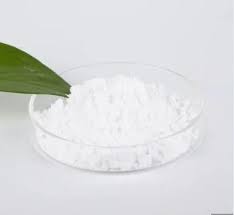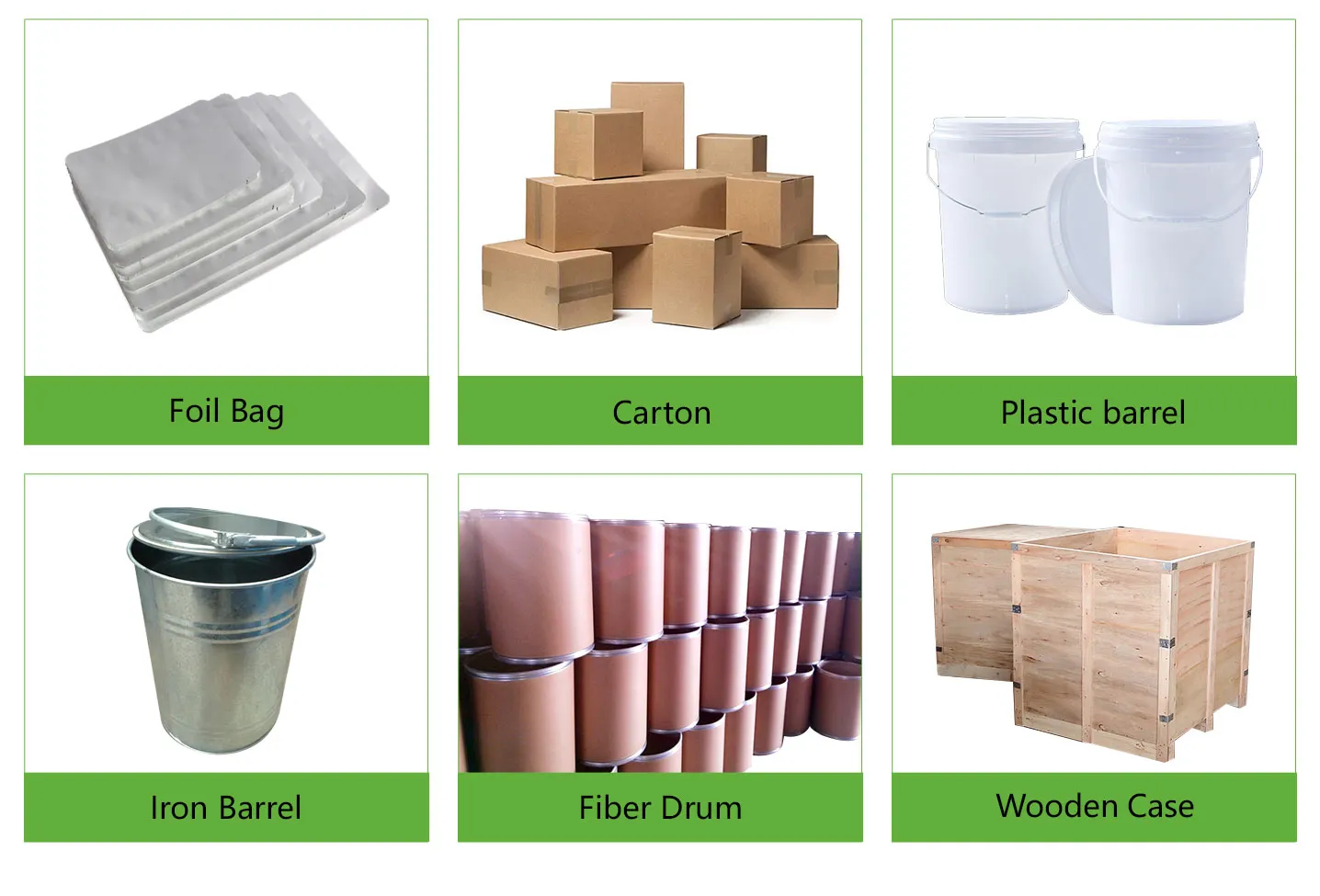Overview of Sulfide Powder:
Sulfide powder is an organic compound powder that includes many different organic and inorganic substances like zinc sulfide, copper molybdenum disulfide disulfide of tungsten.
Sulfides and the analogous compounds are a collection of semimetal and metallic elements in combination with S Se, Te As, Sb as well as Bi minerals.
Zinc sulfide is a kind of sulfide; the chemical formula of zinc sulfide is ZnS; molecular weight: 97.445; CAS No.: 1314-98-3; EINECS No.: 215-521-3; melting point: 1700 ℃; water solubility: insoluble in water. Density: 4.09 g/cm³; Appearance: white to slightly yellow powder; Safety Description: S50A; Hazard description: R31.
Molybdenum disulfide is also an inorganic sulfide with the chemical formula MoS2, which is the main component of molybdenite. Molybdenum disulfide is a solid black powder with a metallic luster. Melting point 2375℃, density 4.80g/cm³ (14℃), Mohs hardness 1.0~1.5, molecular weight 160.07, CAS No. 1317-33-5, EINECS No. 215-263-9.
Tungsten disulfide is also an inorganic sulfide, molecular formula WS2, molecular weight 247.97. Molecular weight 247.97, the state of dark gray powder, occurring in nature as pyrochlore, a dark gray rhombohedral crystalline solid. Relative density is 7.510. Tungsten disulfide is slightly soluble in cold water and soluble in hot water. Insoluble in hydrochloric acid and alkali (except for the mixture of concentrated nitric acid and hydrofluoric acid). Tungsten disulfide is soluble in molten alkali and insoluble in alcohol. The density is 7.6g-cm-3.

Application of the Sulfide Powder:
Sulfide powder is used extensively in the industrial field. Molybdenum disulfide can be used as an organic synthesis catalyst. Because sulfur-containing organic substances like thiophene can be poisonous of hydrogenation catalysts that are commonly used, molybdenum disulfide could be utilized to trigger the hydrogenation reaction in organic compounds that contain sulfur. Cadmium Sulfide can be utilized for the production of photovoltaic cells. Lead sulfide is utilized for the production of infrared sensors.
Zinc sulfur sulfide as well as cadmium sulfur are used to create phosphors. High-purity cadmium Sulfide is a very good semiconductor. Phosphorus trisulfide can be used for making fireworks and matches. Tetrathion tetrapods are used in the production of pesticides, oil-lubricating additives, and flotation agents. It is used extensively for the manufacture of sulfur dyes manufacture of organic medicines as well as pulp. Strontium sulfide and Calcium sulfide are utilized to create luminescent paints.
Company profile
Synthetic chemical has been dedicated to Sulfide Powder for ten years and is a professional company with supply and marketing integration. The company has a professional technical department and quality supervision department, a well-equipped laboratory with advanced testing equipment, and an after-sales customer service center.

Storage conditions
1) Maintain a dry area at the temperature of room.
2) Avoid high and damp temperatures.
3) Utilize immediately following the opening of the bag inside.
Payment methods
L/C, T/T, Western Union, Paypal, Credit Card etc.
Shipment
By sea, by air, by express, as customers request.

FAQ:
Q1:
What is sulfide powder?
Re:Sulfide powder is an inorganic compound that usually has a yellow or pale yellow appearance. It is a compound formed by combining sulfur with one or more metallic elements. This compound usually has a strong odor, is sensitive to substances such as water, acids, and bases, and is prone to chemical reactions.
Sulfide powders are widely used in industry to manufacture various products, such as batteries, pigments, pesticides, chemical reagents, etc. In addition, sulfide powder can also be used in leather processing, mining, metal smelting, and other fields.
Q2:
What are the uses of sulfide powder?
Re:Manufacturing batteries: Sulfide powder is one of the critical raw materials for manufacturing batteries, especially alkaline batteries and lead-acid batteries. The sulfur and metal elements in the sulfide can react with the electrolyte to produce electricity.
Manufacture of dyes and pigments: Certain compounds in sulfide powders, such as cadmium sulfide and manganese sulfide etc., can be used to manufacture dyes and pigments. These dyes and pigments can be used for dyeing and coloring textiles, leather, paper, and other items.
Laboratory applications: In the laboratory, the sulfide powder can be used to synthesize various compounds, such as hydrogen sulfide, ammonium sulfide, etc. These compounds can be used in scientific research, chemical analysis, etc.
Q3:
What are the protective measures for sulfide powder?
Re:Wear complete protective equipment: When entering the production area, you must wear protective hats, protective clothing, protective shoes, and protective gloves. These protective equipment can effectively reduce the harm of sulfides to the body.
Rational use of personal protective equipment: Personal protective equipment, such as goggles, masks, etc., can effectively reduce the harm of sulfides to the eyes and respiratory system. In the process of operation, personal protective equipment should be used reasonably to protect themselves from harmful substances.
Avoid dust generation and accumulation: In the production process, relevant measures should be taken to reduce the amount of dust generation and avoid dust accumulation in the local space. For example, dust removal measures should be taken in areas prone to dust generation. In addition, sulfur dust in equipment and sites should be cleaned regularly and timely to avoid the secondary raising of sulfur dust and air mixing.
Ventilation and exhaust: maintain good ventilation, can use open and semi-open storage yard to store sulfur, and make full use of natural ventilation dust. If sulfur is stored indoors, an adequate ventilation and dust removal system must be set up to avoid dead ventilation corners inside the sulfur storage facility.
Q4:
What are the hazards of sulfur compounds in the air?
Re:Sulfur compounds in the air are harmful to human health and the environment. First of all, sulfides have a stimulating effect on the respiratory system, and long-term exposure to high concentrations of sulfides may lead to respiratory inflammation and laryngitis. In addition, sulfide is one of the main reasons for the formation of acid rain. Acid rain has a corrosive effect on soil, water, and buildings and will also cause inevitable damage to the environment and ecosystem.
In industrial production and daily life, effective measures should be taken to control the emission of sulfide, such as the use of low-sulfur fuel, installation of tail gas treatment devices, etc., to reduce the harm of sulfide to the environment and human body. At the same time, it will strengthen environmental monitoring and health care, as well as the timely detection and prevention of occupational diseases and ecological pollution-related diseases.
Q5:
What is a sulfide battery?
Re:A sulfide battery is a new type of battery that mainly uses sulfide as an electrolyte. This battery has a high conductivity, but the manufacturing conditions are more demanding. Sulfide batteries are separated between the negative and positive electrodes by sulfide solid electrolyte, which has higher energy density and faster charging speed than traditional lithium-ion batteries. In addition, the sulfide battery life is also relatively long and can be recycled many times. Due to these advantages, sulfide batteries have a wide range of application prospects in electric vehicles, hybrid vehicles, drones, smartwatches, and other fields. However, the manufacturing process of sulfide batteries is more complex, the production cost is high, and further technical improvement and marketing are needed.


